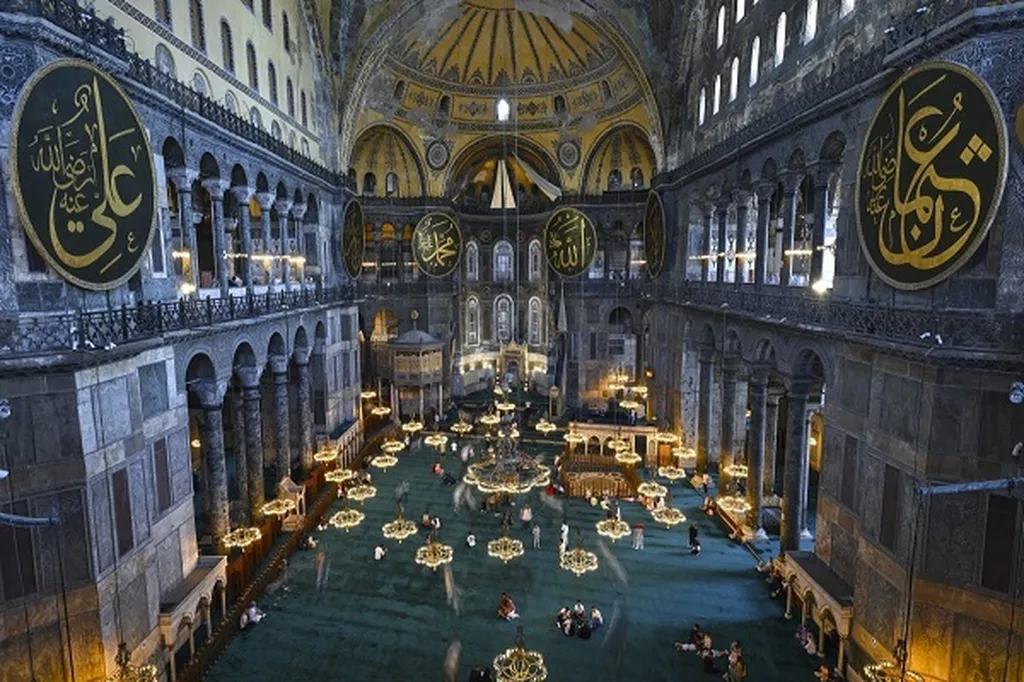In the ever-evolving landscape of architectural design, a fascinating intersection has emerged between artificial intelligence and traditional Islamic architecture. Ragd AlHarbat, a researcher from the University of Sharjah, has delved into this intriguing realm, exploring how AI art-generating platforms can transform traditional Ottoman architectural styles into modern mosque designs. The findings, published in the ‘Vitruvio: International Journal of Architectural Technology and Sustainability’ (which translates to ‘Vitruvius: International Journal of Architectural Technology and Sustainability’), offer a glimpse into the future of architectural innovation.
AlHarbat’s research focused on six different AI platforms, using them to generate 18 images through a text-to-image method. The process involved employing three distinct prompts of varying complexities to guide the generation. The results were then evaluated based on two criteria: the presence of Ottoman architectural elements such as domes, minarets, and arches, and the overall excellence of the images considering factors like realism, quality, resolution, and detail consistency with the given prompt.
The findings were enlightening. “Across all the platforms, the more detailed the prompt was, the better the outcome,” AlHarbat noted. However, one platform, Midjourney, stood out, being the only one capable of producing all three images consistently from the first prompt, complete with all the required elements. As the prompts became more detailed, the other platforms also provided more accurate results.
This research holds significant implications for the architectural and construction industries. The ability to generate detailed, high-quality images of mosque designs using AI can streamline the design process, reduce costs, and enhance creativity. It opens up new avenues for architects to explore traditional styles in a modern context, potentially leading to innovative and culturally resonant designs.
Moreover, the commercial impacts are substantial. The energy sector, in particular, could benefit from this technology. As buildings become more complex and the demand for sustainable design grows, AI-driven tools can help architects optimize designs for energy efficiency and sustainability. This could lead to significant reductions in energy consumption and costs over the lifecycle of a building.
The research also highlights the importance of detailed prompts in achieving accurate and high-quality results. This insight could guide the development of future AI tools, making them more user-friendly and effective for architects and designers.
As AlHarbat’s work demonstrates, the fusion of AI and traditional architecture is not just a trend but a transformative force. It is reshaping the way we design and build, offering new possibilities for creativity, efficiency, and sustainability. The future of architectural design is here, and it is powered by artificial intelligence.

